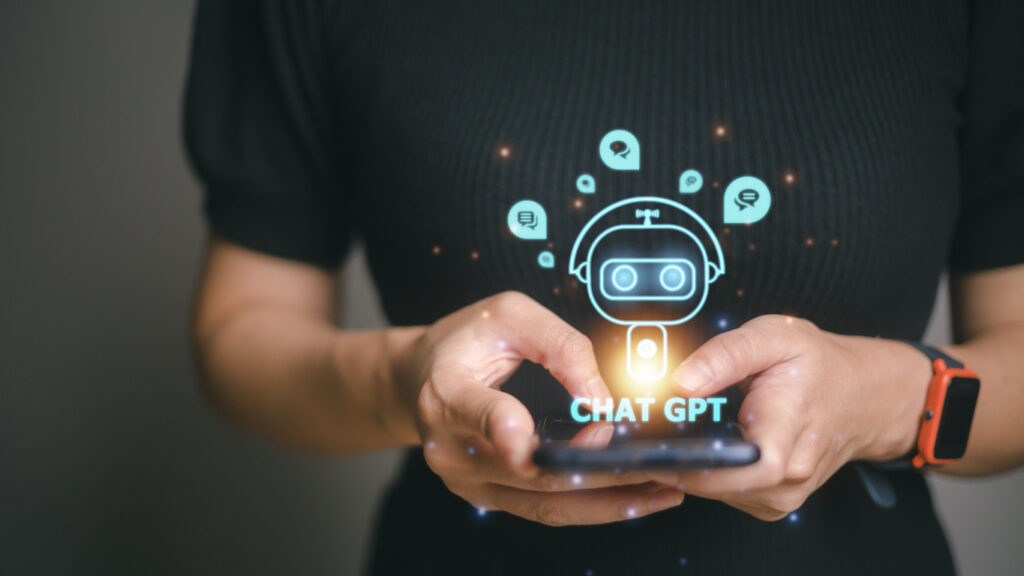ChatGPT in Retail – How Retailers Can Use ChatGPT to Enhance Customer Experience and Drive Sales

The retail industry is continuously evolving and adapting to new technologies and trends. One of the latest developments in this sector is the use of ChatGPT and other innovative technologies such as AI (artificial intelligence), AR (augmented reality), and VR (virtual reality) to create seamless omnichannel shopping experiences.
ChatGPT (Generative Pre-Training Transformer) is a new artificial intelligence chatbot developed by OpenAI. ChatGPT is known for generating human-like text, which makes it useful in many applications such as chatbots, automatic writing, etc. And it generates natural language responses when receiving input from a user, making it potentially useful in a variety of business applications where a human-like conversation with customers is desirable.
In the retail sector, ChatGPT and other AI technologies help retailers to analyze customer data to create more personalized and seamless shopping experiences for shoppers. Additionally, it’s not just AI; retail brands can also look to other innovative technologies such as augmented reality (AR), virtual reality (VR), and voice assistants to provide a more conversational and convenient shopping experience. With these technologies, retailers can answer customer questions, make recommendations based on their previous shopping behaviors, and have the ability to complete transactions.
ChatGPT is a large language model that can be used in a number of ways in the retail industry. ChatGPT is important in retail because it can help retailers increase efficiency, improve customer engagement, and provide a better overall shopping experience. Here are five ways retailers can use ChatGPT in retail stores.
5 Ways Retailers Can Benefit from ChatGPT
- Customer Service: ChatGPT can be used to provide fast and accurate responses to customer queries through chatbots or virtual assistants. It can be used to answer customer questions, provide product information, and even assist in the purchase decision.
- Personalization: ChatGPT can be used to analyze customer data and provide personalized product recommendations or targeted marketing messages. This can help retailers increase sales and build customer loyalty.
- Product Information: ChatGPT can be used to generate product descriptions, reviews, and other content that can be used on e-commerce websites and social media. This can help retailers improve search engine optimization and reach a wider audience.
- Inventory Management: ChatGPT can be used to analyze sales data and predict future product demand, which can help retailers optimize inventory and reduce waste.
- Language Translation: ChatGPT can be used to translate content, chatbot interactions, and other customer-facing materials to make them more accessible to a multilingual audience. This can help retailers to expand their customer base and increase sales.
Conclusion:
ChatGPT can affect the retail industry in several ways. One is to help retailers improve their customer service by using natural language processing and understanding. This can enable retailers to provide more personalized and efficient responses to customer inquiries, which can improve customer satisfaction and loyalty. In addition, ChatGPT can be used to analyze large amounts of customer data to better understand buying habits and preferences, which can be used to make recommendations on products and marketing strategies. ChatGPT can also be used to generate product descriptions, reviews, and other types of content that can be used to enhance the online shopping experience.
Overall, ChatGPT can help retailers increase efficiency, improve customer engagement and provide a better overall shopping experience.
Looking to integrate business intelligence (BI) into your omnichannel product experience strategy or just taking your first steps in centralizing product information? Request a free demo with a ChainDrive expert today to see how we can help.





